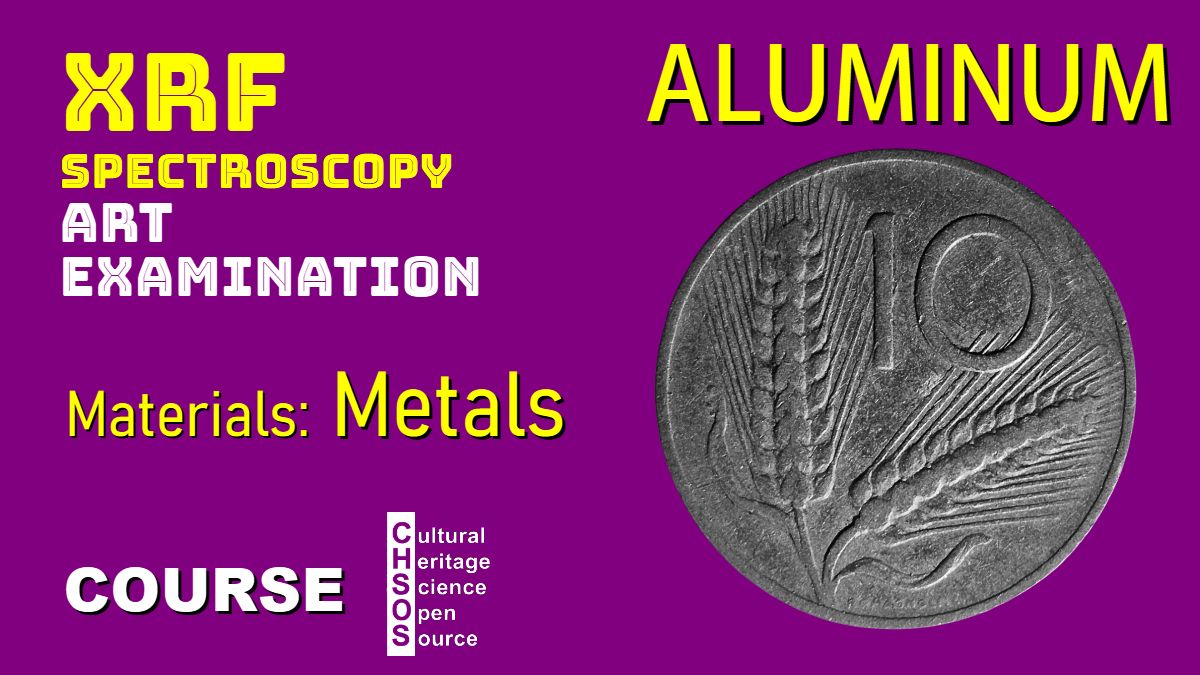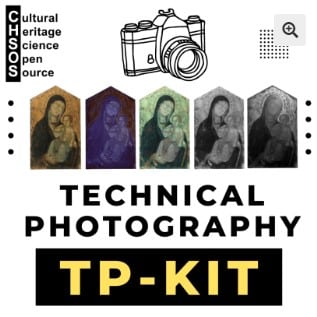
This lesson focuses on the analysis of aluminum-based metals, with a special emphasis on Italian coins. Aluminum, the lightest metal commonly used in artifacts, often appears as a pure material but contains trace elements that influence its properties. We will explore how these trace elements, either introduced intentionally or as impurities, impact the alloy’s characteristics.
Objectives:
-
Identify key trace elements commonly found in aluminum-based coins.
-
Understand the role of trace elements in enhancing the mechanical properties of aluminum.
-
Interpret XRF spectra to detect and distinguish between trace elements in aluminum coins.
-
Compare elemental composition between different coins and discuss potential sources of variation (e.g., mineral origin, recycling).
Materials:
-
Italian 10 lire (1958) and 5 lire (1982) coins
Lesson Plan:
-
Introduction to aluminum in artifact analysis and its relevance in numismatics
-
Examination of the 10 lire coin: aluminum core and trace elements (Mn, Fe, Ni, Cu, Zn, Ga, Zr, Pb)
-
Discussion of material origins, including bauxite-derived elements
-
Analysis of the 5 lire coin and the role of recycling in introducing bismuth
-
Comparison of XRF spectra with different filter setups to highlight elemental peaks










